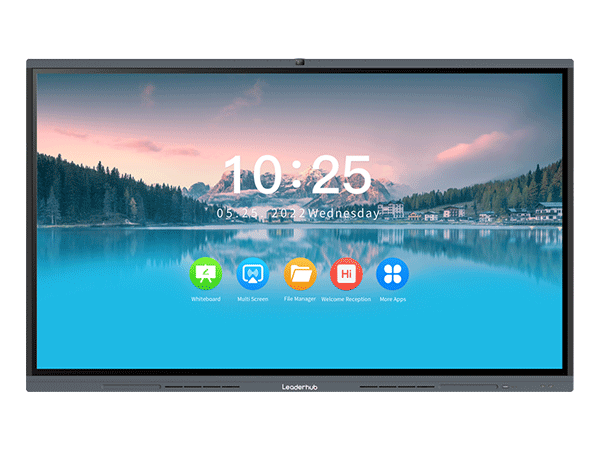An In-depth Comparison

Interactive whiteboards have revolutionized classroom teaching by providing a dynamic and engaging learning environment. In this article, we will compare interactive whiteboards with traditional teaching methods, highlighting their differences and the advantages of incorporating this technology in classrooms.
1. Enhanced Visual and Audio Learning
Interactive whiteboards offer a range of multimedia capabilities that traditional teaching methods lack. Teachers can display educational videos, diagrams, and images, making complex concepts easier to understand. This visual aid not only captures students' attention but also facilitates better retention of information through audio-visual learning techniques.
2. Increased Student Engagement
Unlike traditional teaching methods, interactive whiteboards allow students to actively participate in the learning process. With interactive tools such as touch screens, styluses, and collaborative software, students can solve problems, complete activities, and interact with educational content directly. This level of engagement encourages active learning and promotes a deeper understanding of the subject matter.
3. Personalized Learning Experience
Interactive whiteboards offer personalized learning experiences through individualized instruction. Classroom technology allows teachers to adapt their lessons to cater to various learning styles and paces. Students can engage in self-paced activities, access additional resources, and revisit lessons as needed. This flexibility supports differentiated instruction, ensuring that students receive tailored education suited to their individual needs.
In conclusion, the integration of interactive whiteboards in classrooms brings numerous benefits. It enhances visual and audio learning, increases student engagement, and provides a personalized learning experience. By embracing this technology, educators can create a dynamic and interactive environment that promotes effective teaching and learning.

